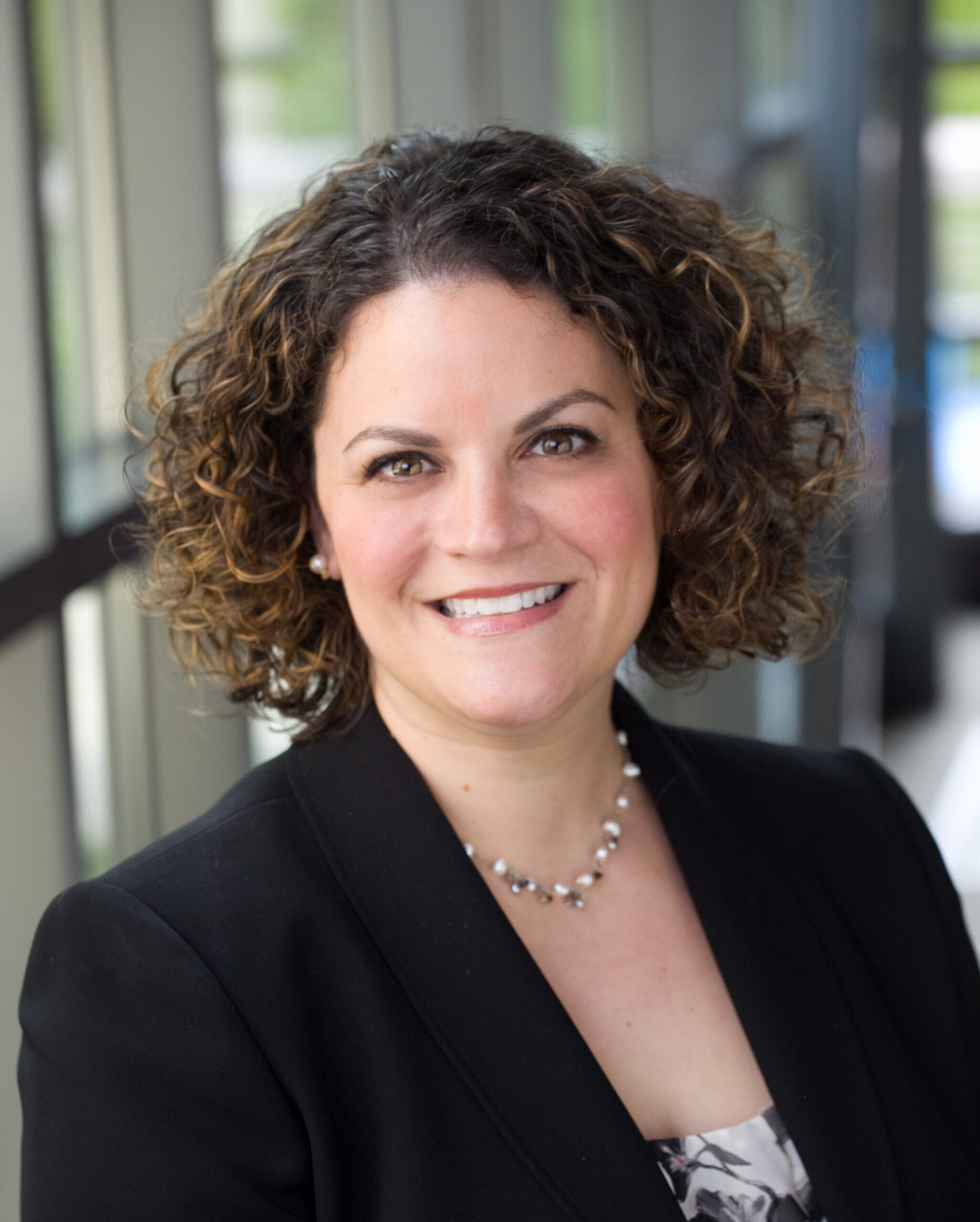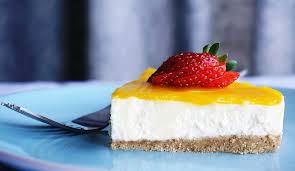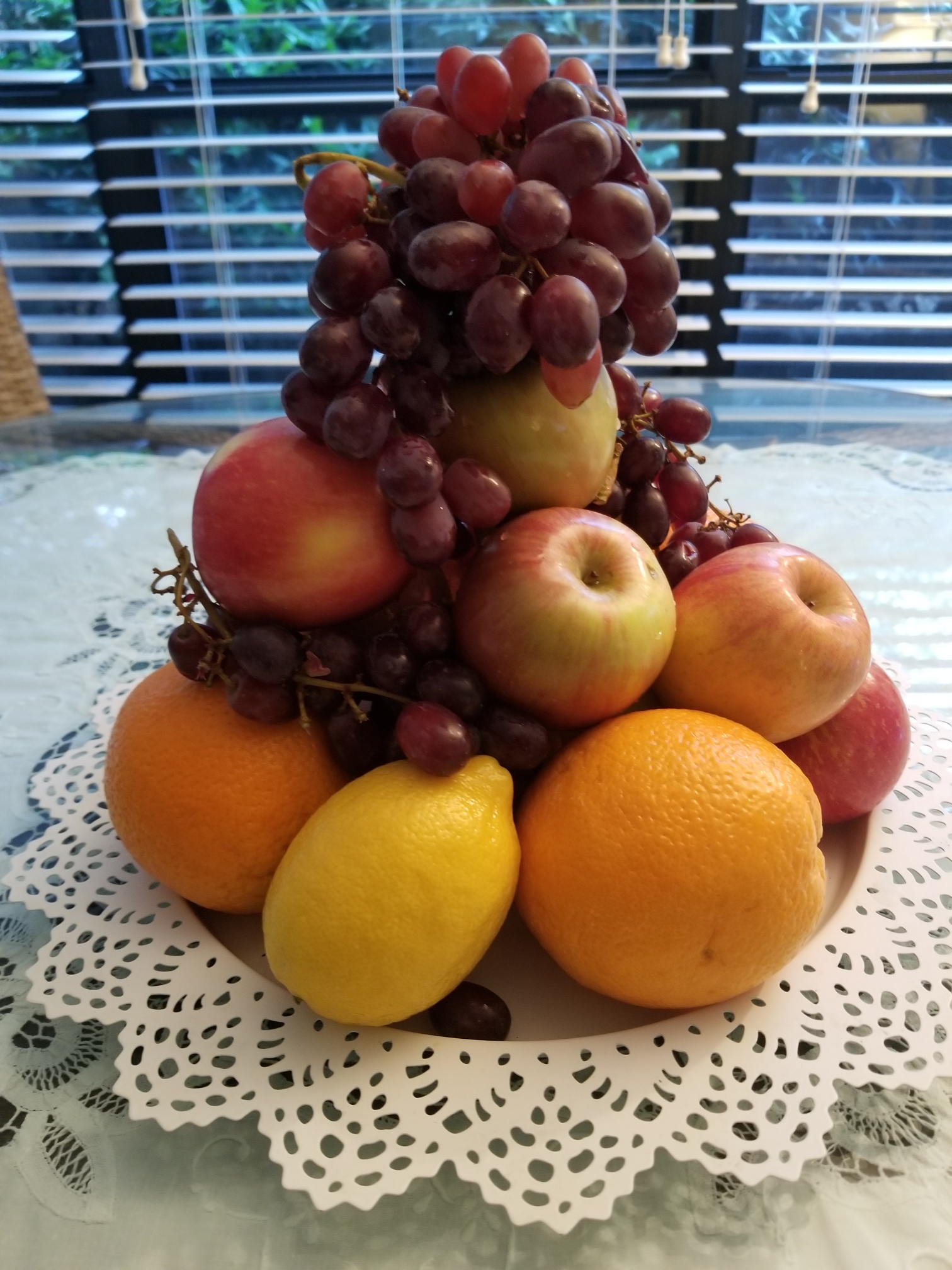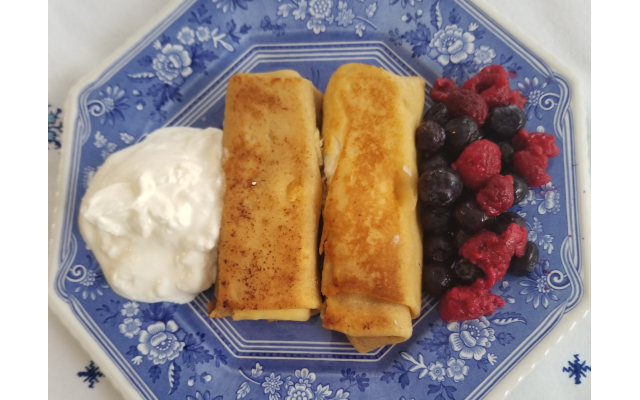Jewish Atlanta Celebrates Shavuot at Home
Activities for families and adults while enjoying great dairy foods.
To celebrate Passover at home, think seder. For Sukkot, it’s sitting in a sukkah. But what comes to mind when thinking of Shavuot, the third major pilgrimage festival also related to the Exodus when Moses received the Ten Commandments at Mount Sinai?
“Learning and seeking a deeper knowledge of Torah” is how Rabbi Elana Perry describes how Shavuot is celebrated. Perry is the Jewish Federation of Greater Atlanta’s director of the Jewish Education Collaborative.
In addition to this year’s Zoom communitywide Tikkun Leil Shavuot with evening study sessions sponsored by the Atlanta Rabbinical Association, learning Jewish text, reading books, viewing online YouTube videos, conducting family activities, and eating foods associated with the holiday are ways to celebrate Shavuot at home.
In a BimBam YouTube, “What is Shavuot? A Jewish holiday for Torah and Learning,” the narrator starts by saying Shavuot is “the biggest Jewish holiday you never heard of.” Perry says she highly recommends these “short animated BimBam videos about many Jewish holidays or concepts which are a great, accessible free resource for parents and children.” www.youtube.com/watch?v=XEcwkaIjpmk
Family Education
How can families celebrate Shavuot with more learning, after finishing a dairy meal set on a table decorated with fruits or flowers? Perry recommends the book, “The 11th Commandment: Wisdom from our Children,” published by Jewish Lights Publishing. It has children answering the question: “If there were an 11th commandment, what would it be?” She says that same question can be posed to all

ages for family roundtable discussions at home. One published children’s answer was “No polluting the world.” Using Zoom can include more family members and friends in the discussion.
If not using the book, Perry suggests other topics such as “What is your favorite story in the Torah?” or “What is a Jewish topic you’d like to learn more about as a family?”
Outdoor Adventures
As families shelter in place at home during COVID-19, Perry suggests outdoor activities while following CDC guidelines. Families can connect with nature such as putting up small tents in the backyard or front lawns, where children can imagine they were camping out while Moses was climbing Mount Sinai. Perry says families can pose the question: “What if you were waiting for Moses to descend, what would you be thinking about?” Taking a hike up a hill or a mountain trail to reenact the story of Moses is another of her ideas. “This type of experiential learning helps children and families to explore Jewish tradition while creating lasting memories.”
Taste of the Holiday
Jewish education comes right through the kitchen. The calorie counter may be put aside while Jewish Atlantans add cheese platters, arrays of fruits, and cheese blintzes to menus to celebrate Shavuot.
In “The Jewish Holiday Cookbook — an International Collection of Recipes and Customs,” author Gloria Kaufer Greene organizes each chapter by holidays, with family favorite recipes and background information on why particular foods are selected. For instance, Shavuot is known for the dairy dishes served.

Greene explained that Ashkenazic Jews from Eastern Europe traditionally serve cheese blintzes. When two are put side by side, they resemble the Ten Commandments’ tablets. Chilled fruit soups are popular, and the author also noted the Sephardic siete cielas (Spanish for ‘seven heaven’) seven-layered cakes filled with fruits and nuts to denote the seven weeks in the omer period before Shavuot.
Ahavath Achim Sisterhood’s cookbook “And it Was Good!” offers Doris Koplin’s citrus cheesecake recipe. Another local cookbook, “Seasoned with Love– Culinary Treasures from the Breman,” contains over 30 cheese meal recipes.
Festival of Fruits
“First Fruits” Rainbow Salad in Greene’s cookbook connects why Shavuot is often called the Festival of First Fruits. Using a wide assortment such as watermelon, papaya and pineapple or whatever fruits are available, one can add dates, avocado, or pomegranate seeds. Seven species mentioned in Torah are wheat, barley, grape, fig, pomegranate, olive, and date (Deuteronomy 8:8).

Using fruits to decorate a table, Greene suggested arranging “whole fresh fruits as a pyramid-shaped centerpiece to represent Mount Sinai.”
Jewish family education and Jewish holiday inspired cooking served at home doesn’t need to stop when Shavuot ends on the evening of May 30. Perry told the AJT “We can celebrate Jewish learning and Jewish living every day of the year!”
To learn more about the Jewish Education Collaborative, jewishatlanta.org/ed-collaborative/.
And here’s a Shavuot recipe to try at home that combines dairy with fruit, reflecting two Shavuot food traditions:
Citrus Cheesecake
Doris Koplin’s recipe in the Ahavath Achim Sisterhood cookbook “And It Was Good!”
Graham Cracker Crust
2 cups graham cracker crumbs
2 tablespoons sugar
4 tablespoons butter (1/2 stick),
melted
In a bowl, combine the cracker crumbs, butter and sugar. Press mixture evenly into a lightly buttered 9-inch springform pan.
Cheesecake
18 ounces cream cheese
1 cup sugar
1 pint sour cream
1 tablespoon lemon extract
2 eggs
1 tablespoon lemon juice
Preheat oven to 350 F. In bowl of electric mixer, combine cream cheese and sour cream.
Beat 20 minutes on medium speed. With a rubber spatula, scrape sides of bowl 2 or 3 times as needed during mixing. Add eggs and sugar.
On low speed, beat until thin and smooth. Stir in lemon flavorings. Pour batter onto crust in springform pan.
Bake 35 minutes. Turn oven off. Leave cake in oven 15 minutes.
Remove cake from oven. Set aside to cool completely. Refrigerate overnight.
Lemon Custard
9 tablespoons butter
Rind and juice of 3 lemons
1 ½ cups sugar
3 whole eggs, bean
3 egg yolks
Melt butter in top of double boiler. Add sugar, lemon rind and juice.
Mix well. Add beaten eggs and yolks. Combine well. Stir constantly
over simmering hot water until mixture thickens. Pour through a
strainer into a bowl. Refrigerate overnight for 4 hours. Spoon the custard
over the cheesecake; spread gently. Let it chill until set. Remove from springform pan when ready to serve.




comments